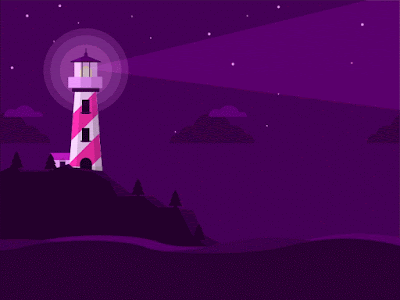Don’t take my word on anything I suggest in Post 10; here are some thoughts on the same
matter in the actual words of a certain “Sussex Beekeeper” that were transcribed in 1906 into the margins of Lady Luna Holmes Ragnall's 1884 diary, which came into my hands by a most circuitous and convoluted path:
"The region where we were staying was one of those Celtic lands that are dotted with stone monuments and rings that had in centuries or millennia past sprung up all over that charming land. I was then just beginning to see a glimmer of purpose in the erections that [possibly] dealt with eclipses, a purpose that stimulated me to venture down avenues of which I’d heretofore paid little attention. In connection with the longitude and latitude of these constructions, I couldn’t help but notice that on or near December 21 and June 21 certain of the stones lined up in thought-provoking ways. This led me later to peruse all manner of almanacs and volumes in the British Library, and certain facts took shape that directly pertained to the stones.
"For one thing, [various] eclipses of the sun occur roughly every 18 months in some part of our world. Naturally these experiences affect humans of all walks of life, often by exciting some of the more primitive emotions such as fear and awe. This reaction is partly a consequence of a remarkable coincidence. The diameter of the moon happens to be 1/400 of the diameter of the sun. But the moon’s proximity to the earth is 1/400 of the earth’s distance to the sun. The result of this, during a [total] solar eclipse, is that the disc of the moon perfectly covers the disc of the sun—causing any number of atmospheric effects: strange glowings in the resultant darkness, cold, wind, and so on.
"What must stone-age man have thought of this extraordinary intrusion? Furthermore, I concluded then (an opinion that hasn’t changed) that Stonehenge and its brethren were built and conceived as instruments with the primary purpose of predicting the occurrence of eclipses. The builders of these ancient observatories most certainly made all their calculations under the assumption that both the sun and moon revolved around the earth as even I would have assumed had not W set me straight on the matter! This is only a natural conclusion because, for all major purposes, the sun and moon do appear to behave in just that fashion.
"Now it happens that one of those obvious facts of life that most people entirely take for granted, never thinking of, is the equivalent sizes of the sun and moon! Nevertheless, this illusion of apparent equivalence of size owes nothing to physical or universal laws; there is no simple definable, materialistic explanation for the relative placements of the sun and moon—no discernible cause. It is merely a coincidence! Yet, it is just this coincidence that causes such an awesome eerie spectacle that stone-age man was inspired to engineer and build their vast calculators.
 |
| Photo by John Johnson. Copyright © John Johnson. |
Sun’s Diameter : Moon’s Diameter
Sun’s Distance from Earth Moon’s Distance from Earth
865,400 Miles : 2,160 Miles
92,956,500 Miles 239,000 Miles
.0090 : .0090
In other words, a pretty damn peculiar one to one ratio! Hans’ mysterious voice seemed to know what it was talking about? I wonder!”
Formal
Notice: All images, quotations, and video/audio clips used in this blog and in
its individual posts are used either with permissions from the copyright
holders or through exercise of the doctrine of Fair Use as described in U.S.
copyright law, or are in the public domain. If any true copyright holder
(whether person[s] or organization) wishes an image or quotation or clip to be
removed from this blog and/or its individual posts, please send a note with a
clear request and explanation to eely84232@mypacks.net and your request will be
gladly complied with as quickly as practical.


























